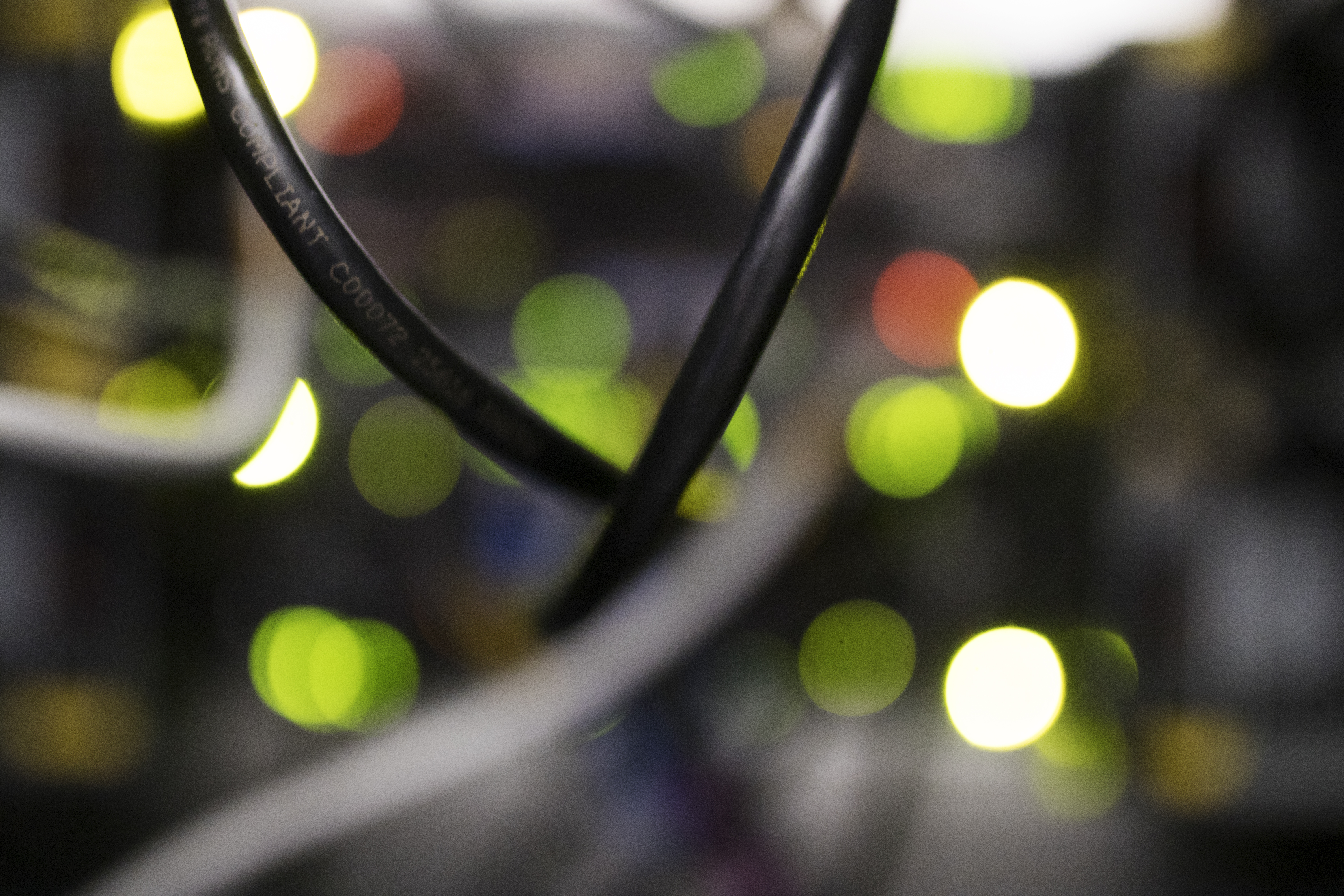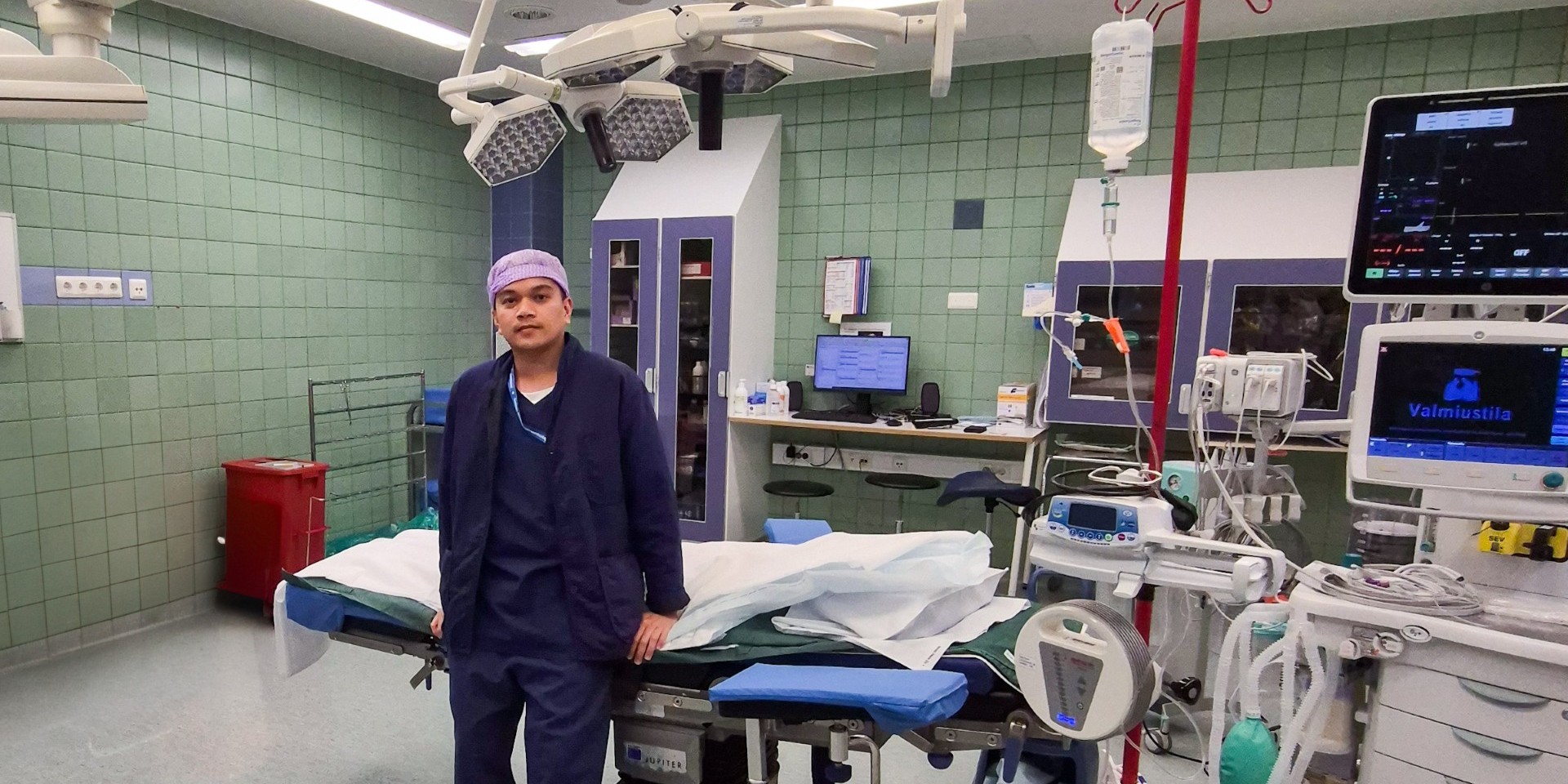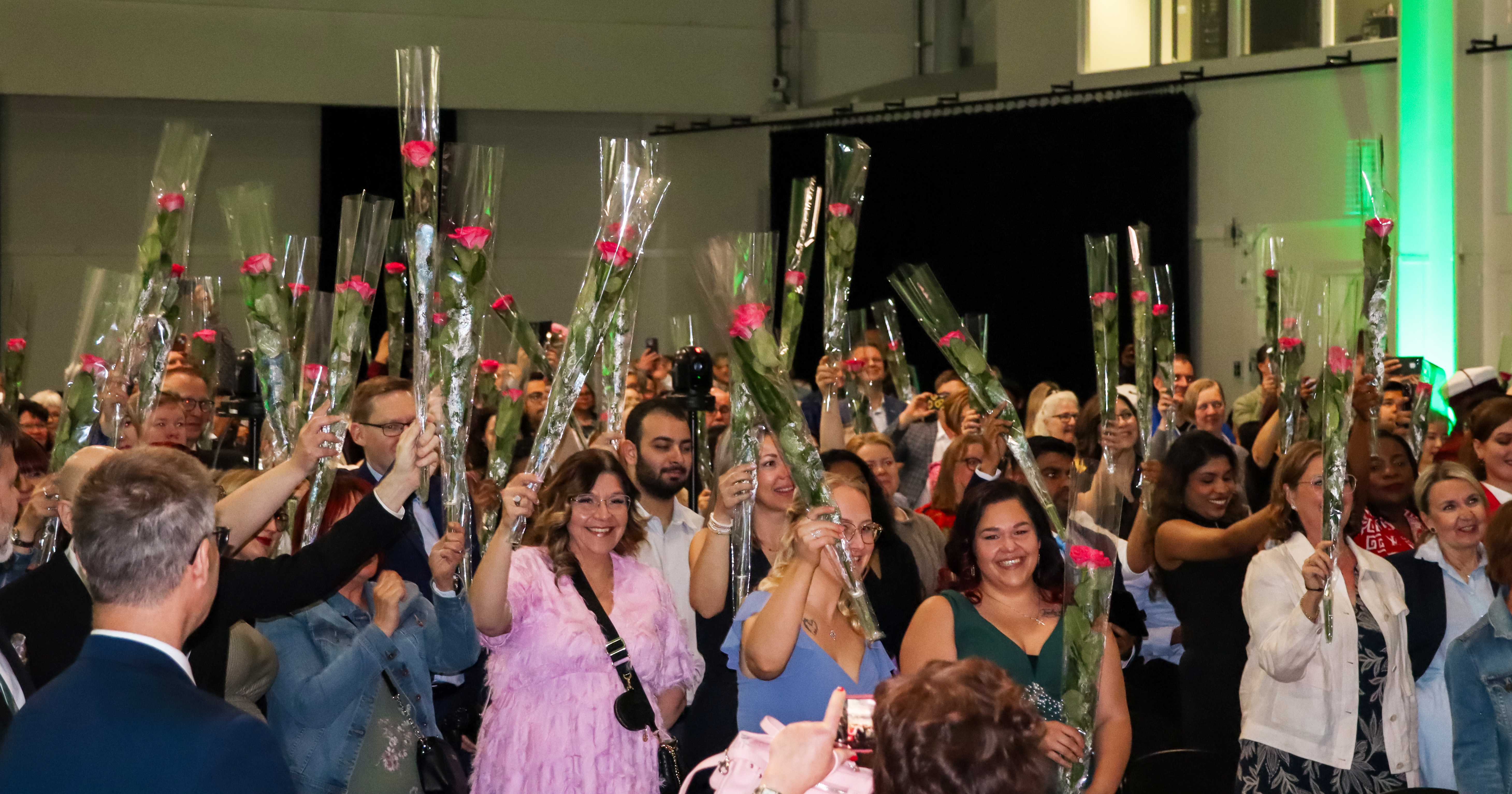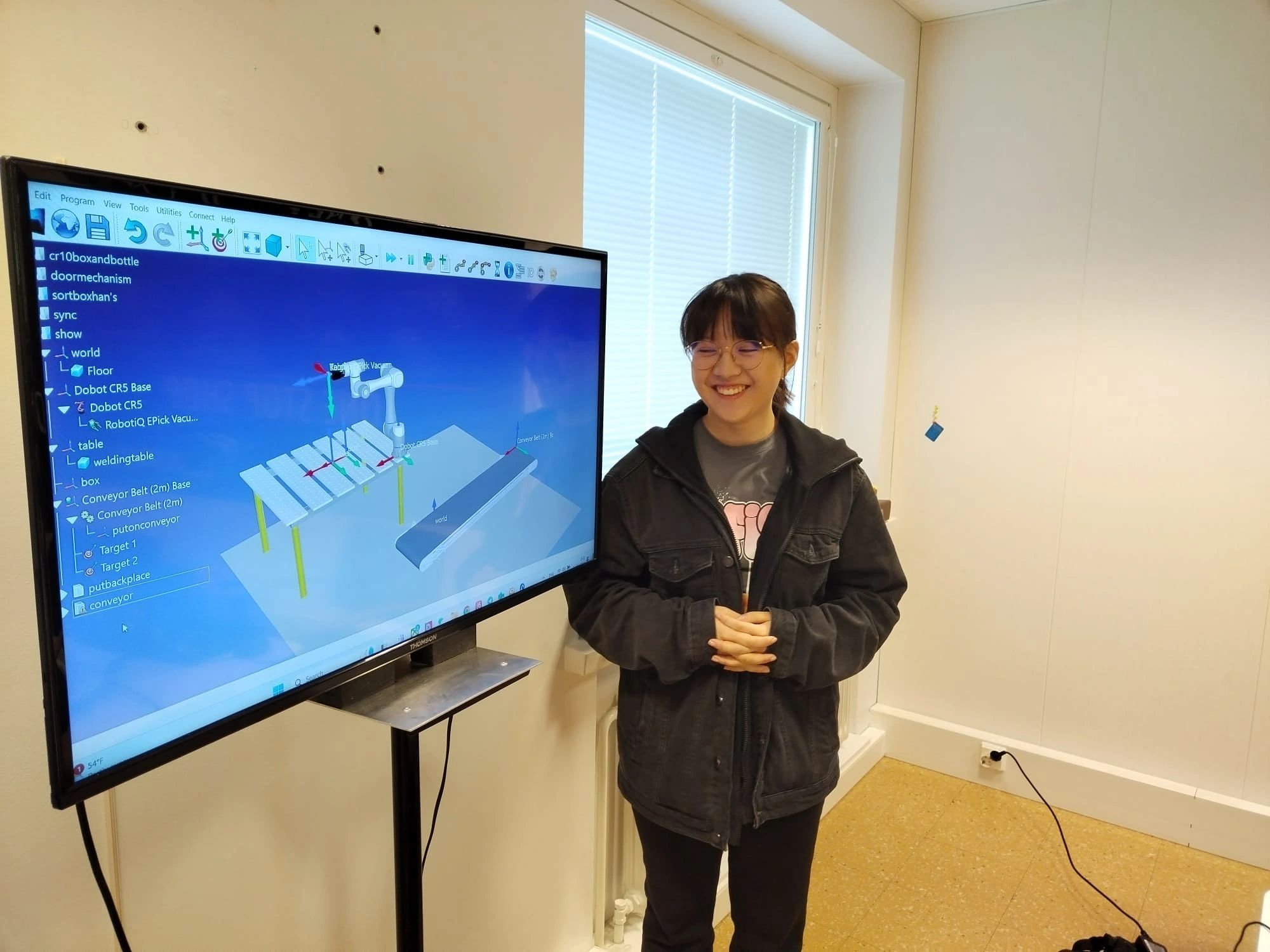Satakunta University of Applied Sciences receives nearly EUR 1 million in funding for the use of artificial intelligence in medical research
The Ministry of Education and Culture has granted universities of applied sciences EUR 5 million for seven research projects on the basis of an assessment carried out by an international evaluation panel.

Data Lake Innovation Testbed for Future Hospitals, the research project of Satakunta University of Applied Sciences (SAMK), was granted EUR 575,000 in funding. SAMK also invests EUR 325,000 of its own funding in the research.
On 13 March 2019, the Parliament adopted an Act on the Secondary Use of Health and Social Data, which improves the conditions for research and innovation related to citizens’ health, disease prevention and the development of new treatment methods. SAMK’s research project will create a nationally unique test environment for the secondary use of patient and health data.
The test environment consists of the RoboAI laboratory in joint use on the SAMK campus, the Auria data pool at Turku University Hospital and the new supercomputers located at CSC, IT Center for Science Ltd.
Auria unifies decades-long data from tens of thousands of patients on the west coast into one clinical data pool. Personal and health data located in the citizens’ data pool is always processed by taking into account the data protections and ethical aspects of the identity of the persons being examined. Accessibility to the data pool for research purposes always requires a valid research permit.
The large amount of data in the clinical data pool enables the discovery of new connections between the data by utilising data analytics and artificial intelligence. However, AI-based medical research requires massive computing power from the computers. CSC’s new Puhti and Mahti supercomputers will be utilised in the research project. At the end of the year 2020, Finland will also be placed with one of the world’s most powerful supercomputers (known as LUMI) as a joint effort of eight European countries.
Researchers, analysts and doctors from SAMK, Satasairaala and Pori Basic Security will carry out pioneering medical research in the test environment. The research is led by Anu Holm, Head of SAMK’s Artificial Intelligence Research Group, who has a background as a hospital physicist and docent in medical physics.
– The data pool will provide new information through artificial intelligence and supercomputers on the impact of different medicines on patients, and the risks associated with multidrug therapy can be identified. Or we will get information on how the change in treatment methods will affect recovery, Holm says.
Cimmo Nurmi, Vice President of Research at SAMK, is excited about receiving funding.
– There is fierce competition between universities for this funding. At the same time, this is a strong evidence of our expertise in artificial intelligence, robotics and health technology. There are currently more than 20 experts working in our research groups in these fields. It is also great that our strategic partner, Seinäjoki University of Applied Sciences, received funding for the research related to change of ownership, Nurmi comments.


